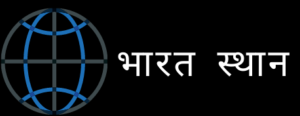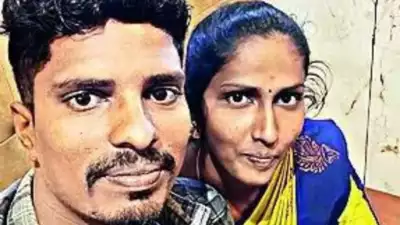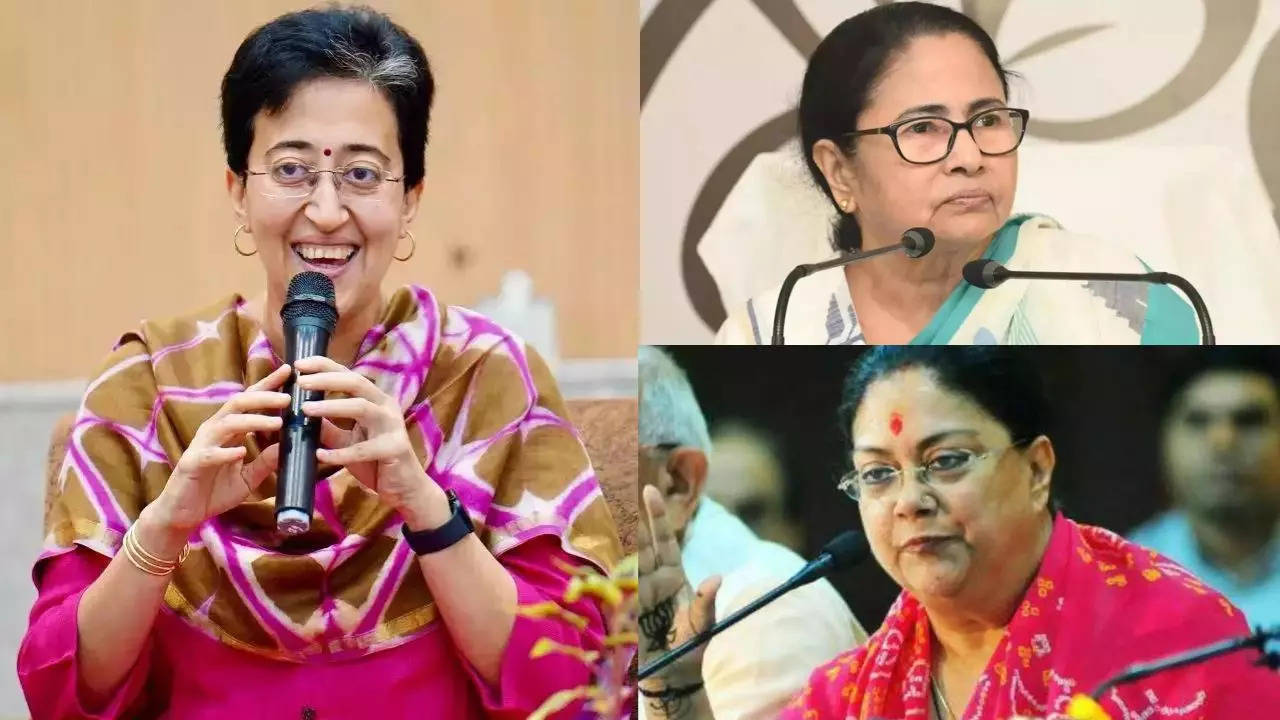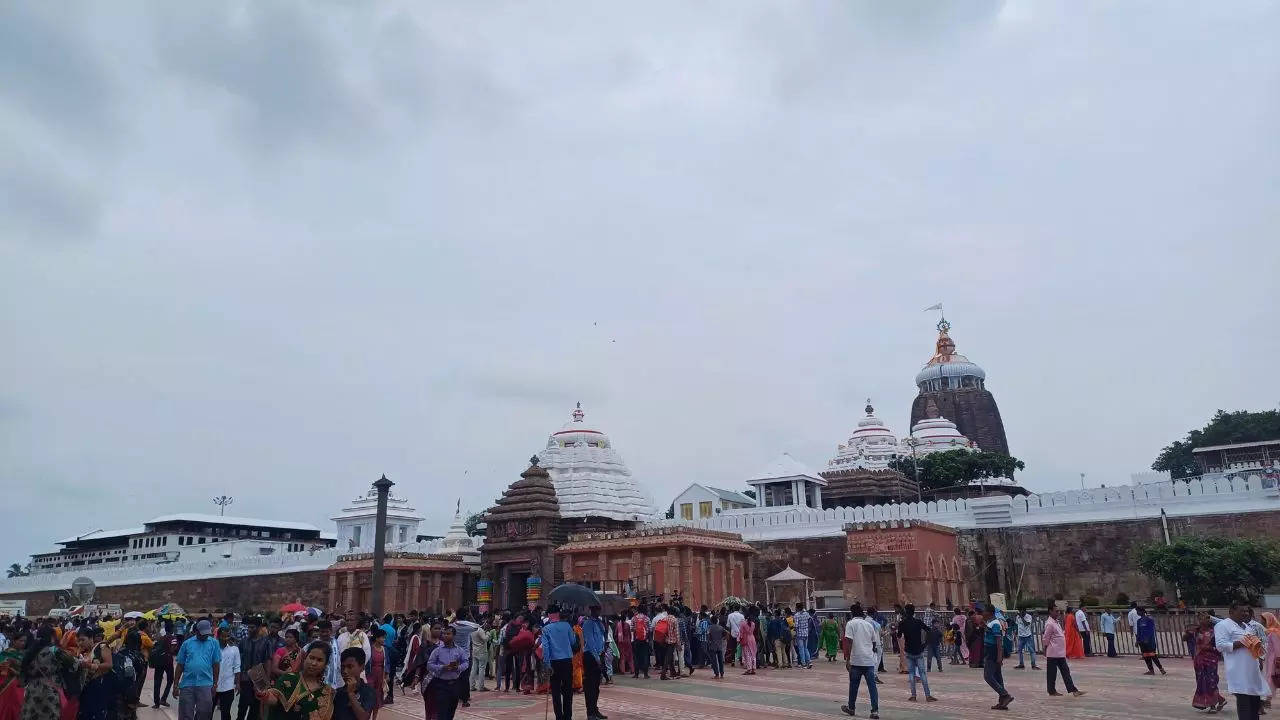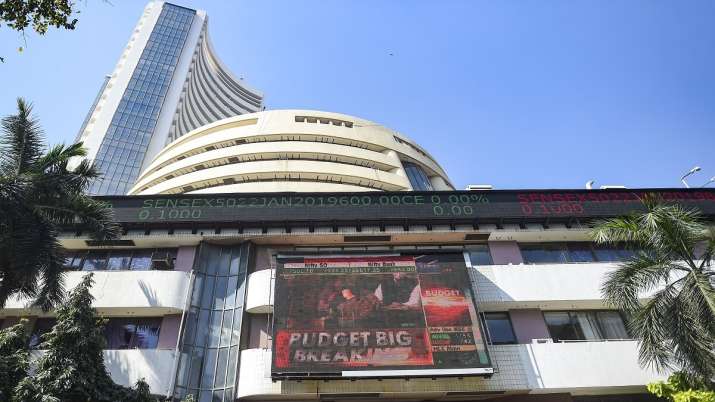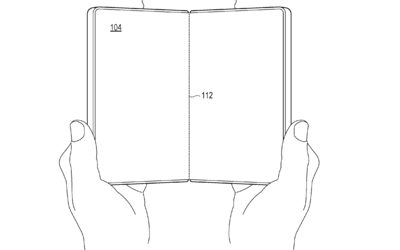NEW DELHI: PM Narendra Modi will address on October 11 the second United Nations World Geospatial Information Congress (UNWGIC), which is scheduled to start in Hyderabad from October 10 and will go on till October 14. The international conference, convened by the UN committee of experts on global geospatial information management and hosted by the Department of Science & Technology, will be attended by over 2,000 delegates, including 700-plus delegates from about 120 countries.
The core theme of the UNWGIC 2022 ‘Geo-Enabling the Global Village: No one should be left behind’, will reflect on the importance of integrated geospatial information to support sustainable development and the well-being of humankind, address environmental and climate challenges, embrace digital transformation and technological development, and catalyse a vibrant economy.
Giving details on the geospatial conference, space and science and technology minister Jitendra Singh said the second UNWGIC assumes significance as it is in sync with the Digital India initiative of the government to empower society digitally. He said the government’s plan envisages the facilitation of location-based and GIS-based decision-making for planning, e-governance and better utilization of resources available. He said India’s geospatial economy is expected to cross Rs 63,100 crore by 2025 at a growth rate of 12.8%.
He also pointed out that the Modi government is consistently playing an enabler’s role in expanding the scope of geospatial applications in multiple spheres to benefit every section of society.
“Accurate, real-time geospatial information combined with other data, like demography, healthcare facilities, and vaccination centres, has immensely helped us tackle the Covid-19 pandemic emergency effectively,” Singh said. He said that the government has been digitising and mapping the entire rural sector to ensure better planning and implementation of the developmental schemes.
The minister pointed out that the rural development ministry has mapped over 45 lakh km of rural roads by using 21 data layers of the map, which has digitised information regarding water bodies, green areas, plots, and other structures essential for administrative purposes. He said nearly 2.6 lakh gram panchayat had been covered by the ministry under the scheme of mapping and digitization.
“We will present the geospatial ‘Chaupal’ initiative that seeks to link village communities with geospatial services,” Science and Technology Minister Jitendra Singh told reporters here.
Science & technology secretary S Chandrashekar said the automobile sector had embraced navigation services offered by the domestic companies.
